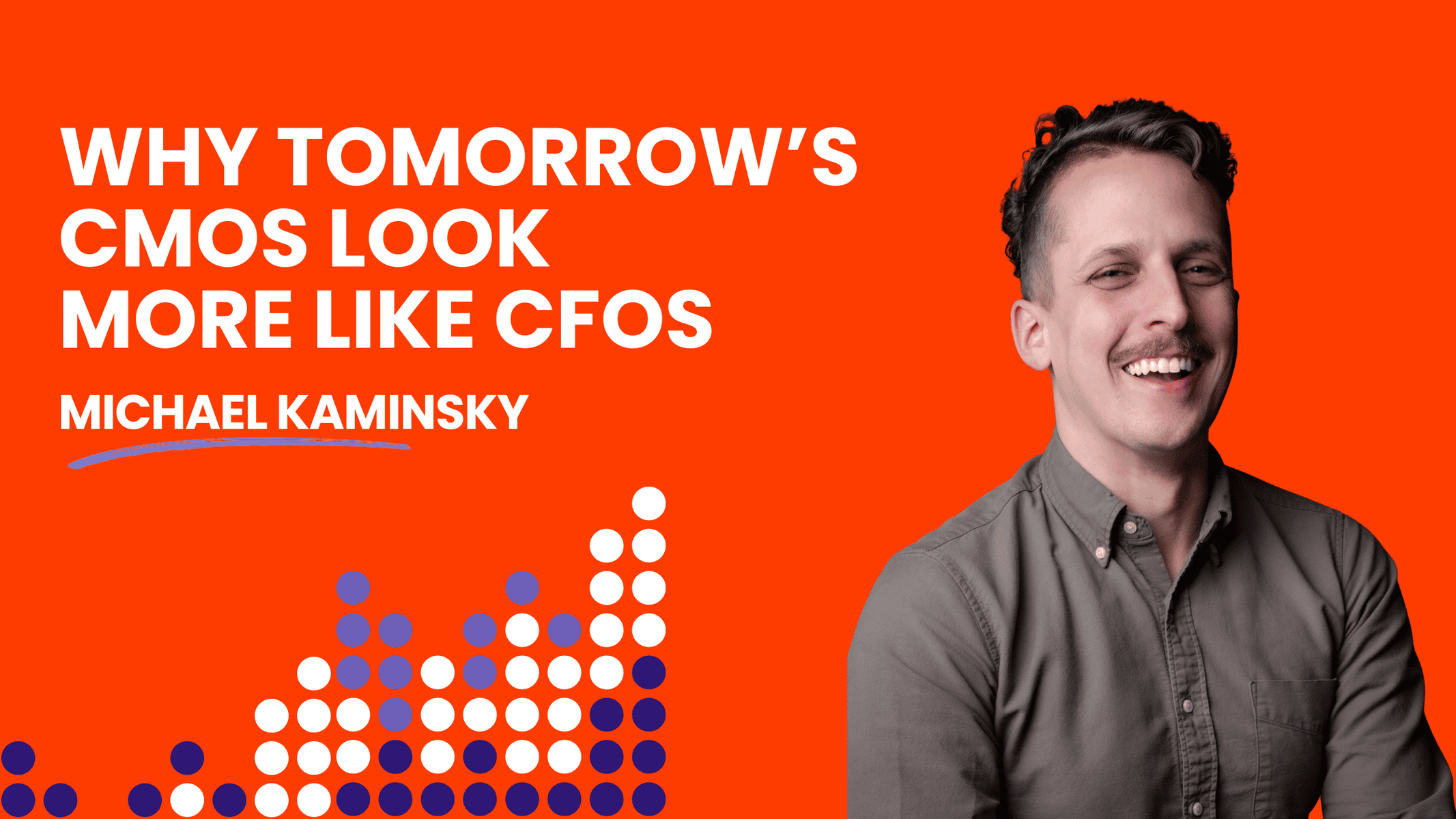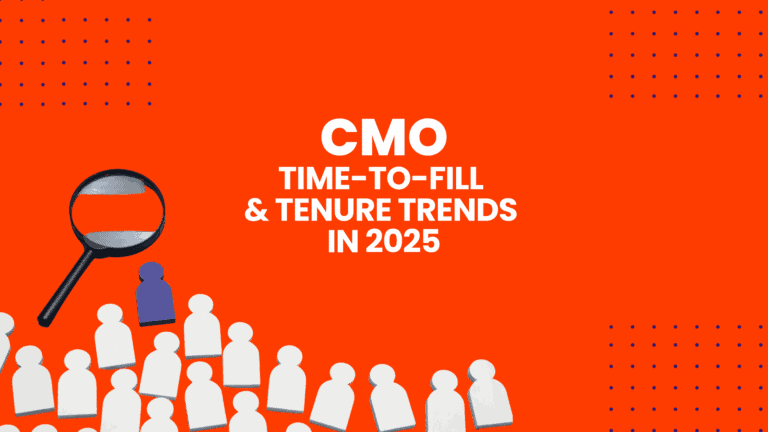The CMOs driving growth in 2030 won’t be the ones with the most awards from Cannes. They’ll be the ones who can answer a simple question: “If we had an extra million dollars of budget, where would we deploy that spend and how much will it impact our annual operating plan?”
This shift is already happening. The era of marketing where gut feel and creative brilliance reigned is evolving and gaining a layer of pragmatism. It’s not because creativity has become less important, but rather, because executive teams have learned the hard way that higher “impression share” doesn’t necessarily generate more profit.
The marketers who thrive in this new reality won’t abandon creativity. Instead, they’ll bolster it with sensible measurement, strong forecasting, and a focus on metrics that truly move the needle for their business.
The Trouble with Vanity Metrics
Many marketing reports are packed with metrics like click-through rates (CTR), reach, engaged views, and in-platform ROAS. They’re often joined by upper- and mid-funnel conversion totals like Adds to Cart, Free Trials Started or Users Added to Waitlists.
While these metrics are worth tracking, they often fall short of Finance’s needs. CFOs care about making accurate forecasts and driving incremental profit for their business. If marketers can’t make the connection between the metrics they’re tracking and bottom-line results, they will lose credibility and budget over time.
This disconnect starts subtly but deepens quickly. When Meta reports an 8x ROAS for retargeting campaigns and the CFO asks “Would those customers have converted anyway?” the discomfort starts. When forecasts based on these inflated metrics inevitably miss, trust erodes further.
The core issue is that platform reporting and attribution show correlation, not causation. That customer who clicked your retargeting ad was already on your website, already interested, and was already going to make a purchase.
Your ad didn’t cause the sale – it just happened to be in the path to conversion. This is exactly why many of the metrics that Marketing cares about fail to answer Finance’s fundamental questions about incremental impact.
Answering The Question That Breaks Poor Measurement
The CFO’s core question remains: “If we invest X more dollars, where will it go and how much incremental revenue will we generate?”
Breaking this question down reveals two critical components:
- A core metric that the business cares about. In the example above it’s revenue, but a different business might care about new subscriptions started, accounts funded or some other down-funnel metric.
- A focus on incrementality. We need to understand the causal relationship between marketing and our core metric before forecasting how increased spend will impact the business.
This might seem daunting, but there are practical steps marketers can take to build the capability to answer this question:
- Align on the metric that actually matters: Stop guessing what Finance cares about. Schedule a working session with your CFO or your financial planning partner to identify the outcome metric that is most important to the business and their planning model. This is often some combination of revenue, new customers, and retention. This alignment changes everything about how you measure marketing success.
- Start measuring incrementality: Begin with lift tests where you can. Run geo-holdout experiments on Branded Search or use platform lift studies for Paid Social. These tests estimate incremental impact, and more importantly, get your organization thinking in terms of incrementality.
- Build dynamic, range-based forecasts: Start providing forecasts with three scenarios: conservative, base case, and aggressive. Track performance against these ranges weekly and adjust them based on actual results. Track your forecast accuracy over time.
- Graduate to always-on measurement: For teams with significant media spend and complex channel mixes, statistical methods like modern MMMs can provide continuous incrementality measurement across channels and forecasting capabilities.
The best marketers follow these steps, but don’t rely on any single method as a source of measurement truth. Instead, they build conviction through multiple lenses: MMMs can measure ongoing incremental performance across channels and guide budget decisions; lift tests provide more precise, time-bound estimates of incrementality; in-platform reporting is used to guide campaign and creative-level budget decisions.
And by using these methods in unison, they get closer to measuring true incrementality, which allows them to answer their finance counterparts with clarity: “Based on our testing and modeling, an additional million dollars in media spend will generate between $2.8M and $3.3M in incremental revenue over the next quarter, with TV and YouTube being the most efficient channels for expansion.”
The Massive Opportunity Ahead
This is a once-in-a-generation opportunity for marketers who are willing to adapt. Creative gunslingers who measure incrementality and forecast accurately become unstoppable. Analysts who develop creative instincts become irreplaceable. The hybrid marketer – part artist, part scientist, all pragmatist – will command outsized respect.
But these changes come with expectations. Marketers need to focus on the metrics that truly matter for their business, make accurate forecasts, and communicate uncertainty honestly.
The marketers who embrace this evolution will build teams that are both creative and credible, inspirational and measurable, artistic and accountable. That’s where the puck is moving – toward pragmatic, numerate marketing leadership.
**A special thank you to Michael Kaminsky, Co-Founder of Recast for contributing these insights and being part of Talentfoot’s Expert Series. To contribute your perspectives and have the opportunity to be featured on the Talentfoot blog, please email us here.**




